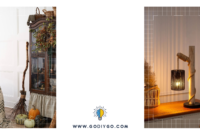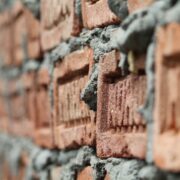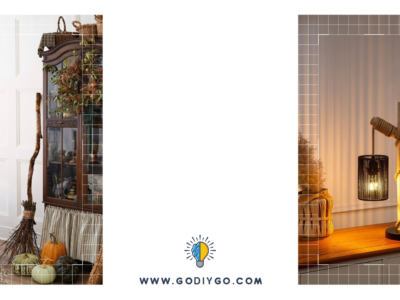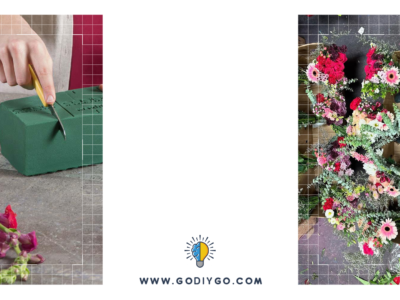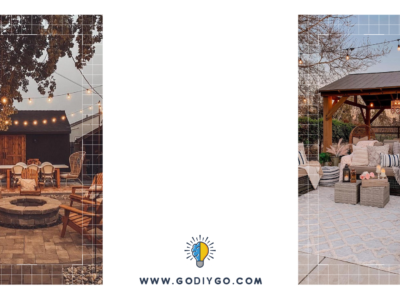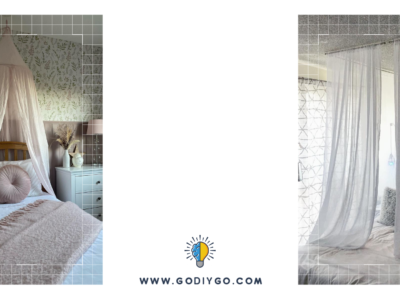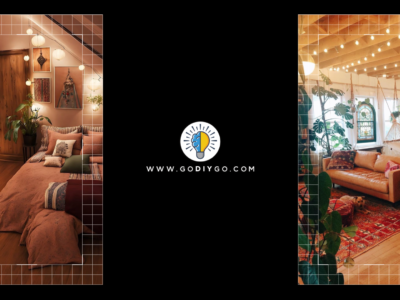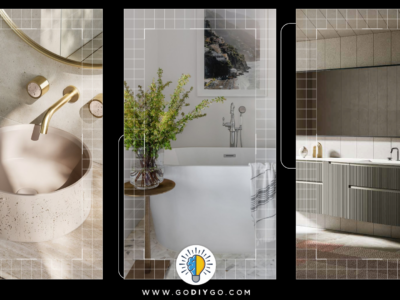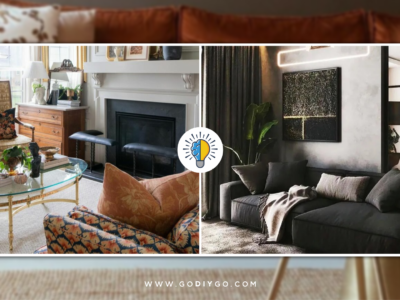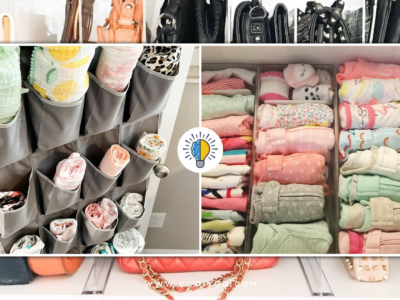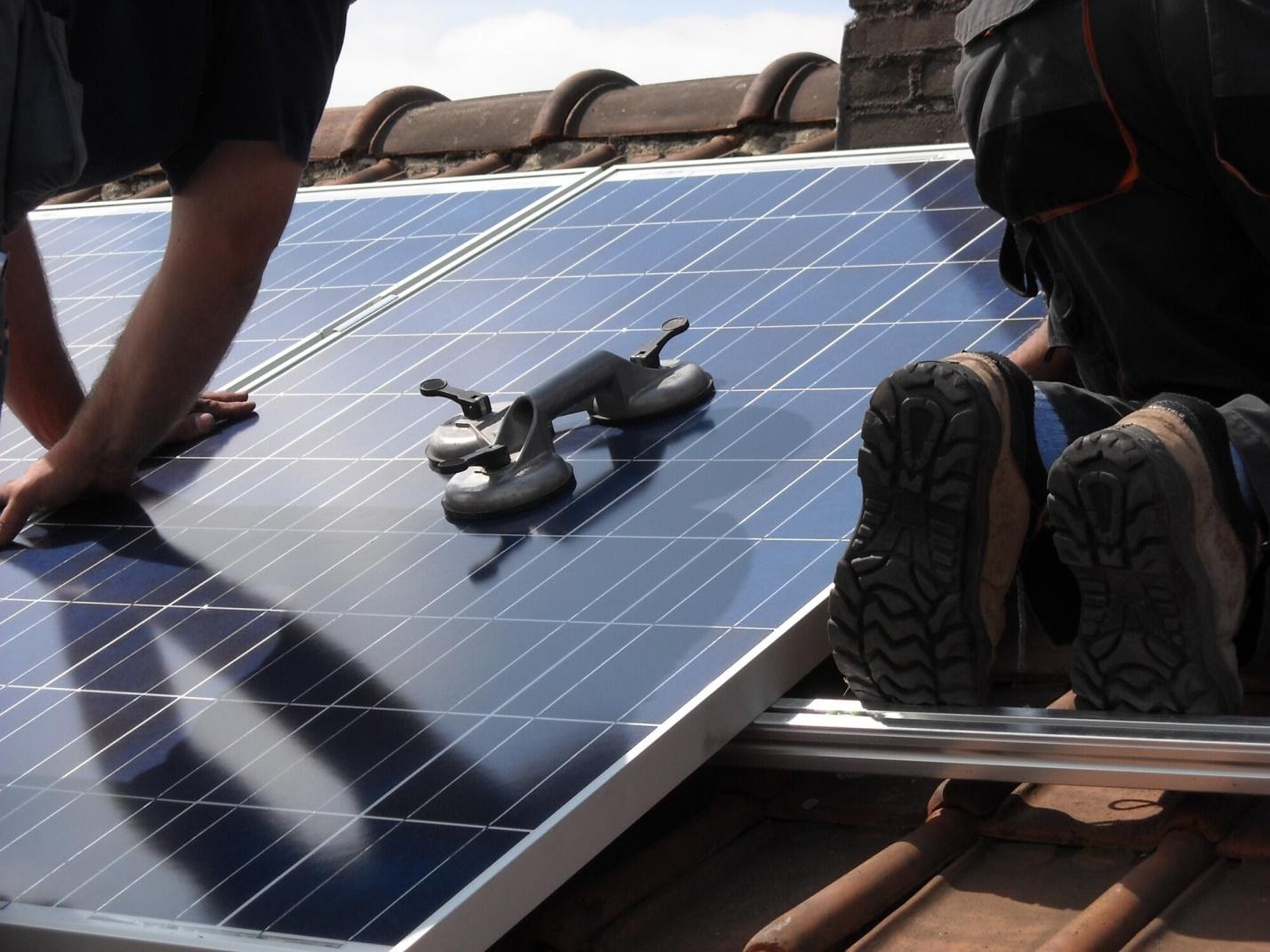
The idea of going solar is an appealing one to a lot of people. You’re reducing your carbon footprint, saving money, and establishing a little bit of independence. What’s not to love?
The only thing that gets in the way for some people is the expense of installing the system. Fortunately for you, though, it’s possible to set up a DIY home solar system on a budget.
We’re going to take a look at how to install solar panels today, giving you the details on what you need in order to make things work. Hopefully, the information below helps to inspire you to start taking this project on.
Let’s get started.
What You Need for a DIY Home Solar System
Depending on the size of your home, you’ll need to scale up or scale down on the items described below. We’ll lay out the bare bones of the items that you need, and you can take a look at blueravensolar.com/texas/plano/ for more insight into the specifications according to size and energy output.
To start, you have to consider the solar modules that you’ll be working with. “Modules” is just a fancy word for “panels” in this case. These are the objects that lay somewhere in the sun and gather sunlight to be transferred into electricity.
Note that you can invest about as much as you’d ever want to on these if you want to. There are panels that adjust to the sun as you need them to, harnessing the most possible energy that the day provides.
On the other hand, some panels are simple, to the point, and collect comparable amounts of sunlight. Depending on the exposure to the sun that your house has, you might be able to get just as much energy with a stationary panel.
Other Equipment You’ll Need
Once you’ve got the panels in place, you’ll have to find an inverter.
Panels have a semiconductor that produces an electric reaction when it’s exposed to sunlight. That electricity is produced in the form of DC power, but your home most likely operates on AC.
The inverter turns that electricity from DC into AC. You’ll then run that inverter through a PV disconnect that allows you to start and stop the current without exposing yourself to any electricity.
This is an important factor, especially when you’re working on these things yourself. Ensure that you invest in safety, and a disconnect is one of the most important safety features.
You’ll then connect this system to your home’s breaker box. You might need to purchase an adapter for this to happen, although most inverters and panels will list any equipment that you need.
Note that you’ll still need to be attached to the net meter so your municipality can measure how much extra energy you take from the grid. After that, you’ll have solar power to run!
Interested in Home Solar Power?
Installing a home solar power system is an exciting prospect. It’s doable, and you can do it all yourself. Hopefully, our exploration of the basics of installing a DIY home solar system was helpful to you.
There’s more to learn, though, and we’re here to help. Explore our site for more ideas on solar power and how to make it work for you.



